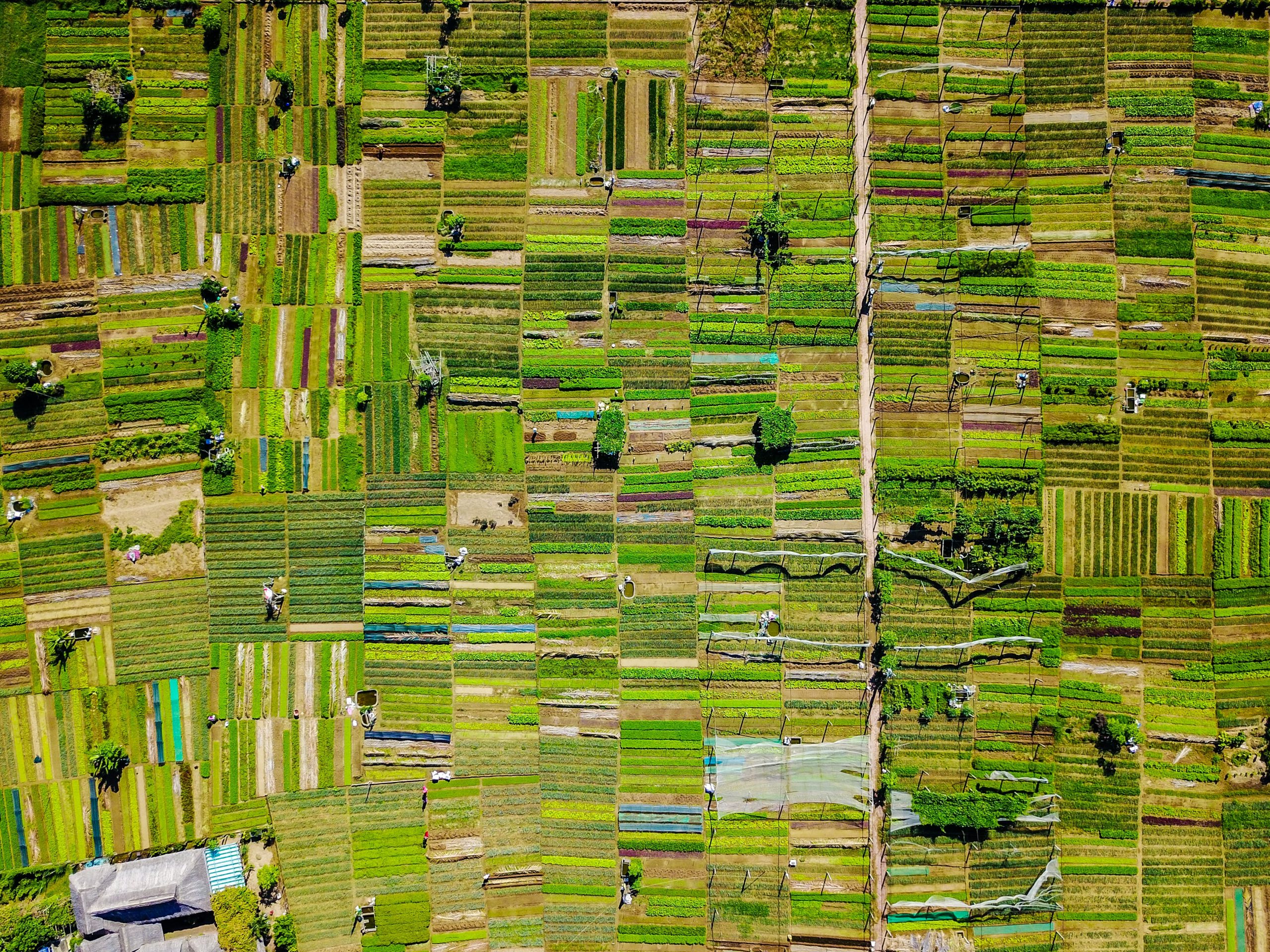28 Sep The inaccurate claims made of smallholder farm food production
A recent online review and related scientific article have identified the inconsistent use of the term “smallholder farm” and re-examined their contribution to the world’s food supply. They found that smallholders produce about one-third of the world’s food, less than half of what many headlines claim.
Smallholdings are defined as farms under 2 hectares in size. At this size, only a small number of animals and/or vegetable crops are grown to sustain a family or contribute to the local community.
The review highlights the incorrect claims by the FAO, such as “70-80% of the world’s food is produced by smallholders”. Although the majority of farms are smallholdings globally (84%), a number of researchers reassessing the statistic on global food production have found only a third of the world’s food is produced by these farms.
The primary study cited in this review, published in the Global Food Security journal, assessed agricultural land, crop production, and food supply of 154 crop types across 55 countries and mapped the data by farm size. Results show smallholdings use 24% of agricultural land, produce 29% of crops and provide 32% of world food supply.
The broader term of “family farm” could apply to 70-80% of global farms, as this terminology is not determined by size but rather that the farm is operated by an individual or group of individuals, where most labour is supplied by the family. Interchanging terminology (“smallholding” and “family farm”) has been one of the main issues behind inconsistencies in this discussion.
This review and the studies that support it identify the importance of applying correct and updatable data, terminology and definitions when making global claims. Evidence based and accurate claims will provide policy makers with a realistic overview of the productivity of smallholdings and family farms. This will support effective actions focused on increasing efficiency, productivity and output in these systems and the wellbeing of the farmers and their communities.
Photo by Photo by Rod Long on Unsplash






